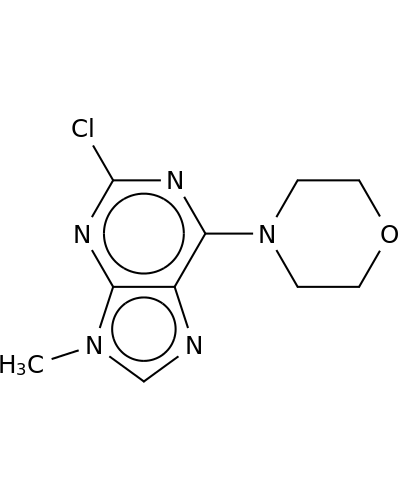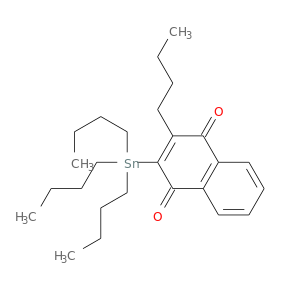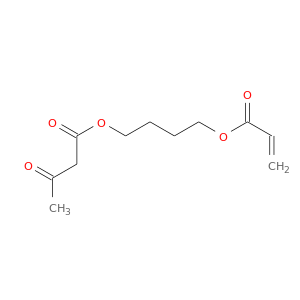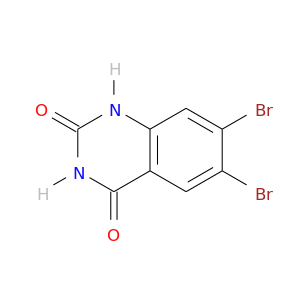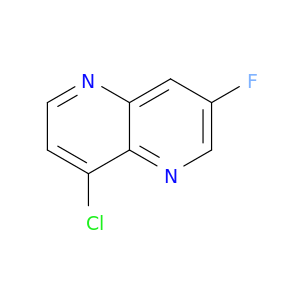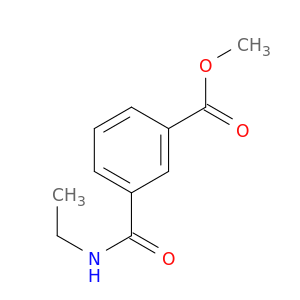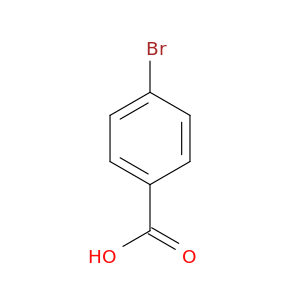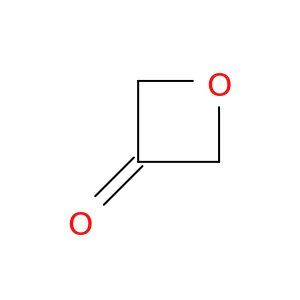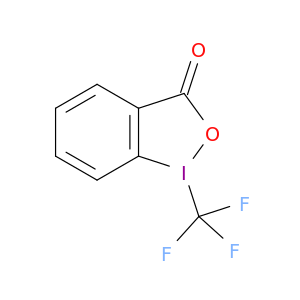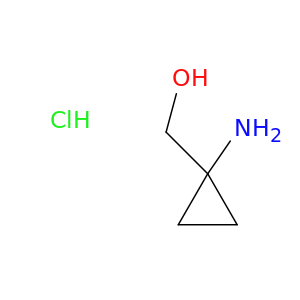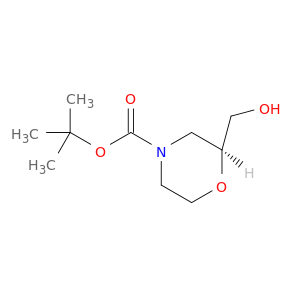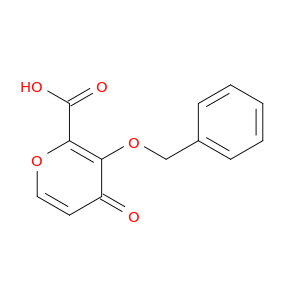200,000+ products from a single source!
sales@angenechem.com
Home > Other Building Blocks > 629-94-7
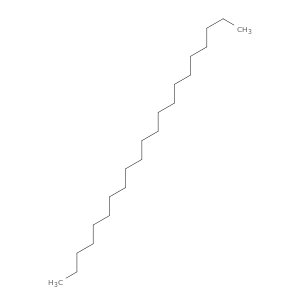
629-94-7 | Heneicosane
CAS No: 629-94-7 Catalog No: AG003QUH MDL No:MFCD00009346
Product Description
Catalog Number:
AG003QUH
Chemical Name:
Heneicosane
CAS Number:
629-94-7
Molecular Formula:
C21H44
Molecular Weight:
296.5741
MDL Number:
MFCD00009346
IUPAC Name:
henicosane
InChI:
InChI=1S/C21H44/c1-3-5-7-9-11-13-15-17-19-21-20-18-16-14-12-10-8-6-4-2/h3-21H2,1-2H3
InChI Key:
FNAZRRHPUDJQCJ-UHFFFAOYSA-N
SMILES:
CCCCCCCCCCCCCCCCCCCCC
EC Number:
211-118-9
UNII:
I93S5U5DMP
Properties
Complexity:
143
Compound Is Canonicalized:
Yes
Covalently-Bonded Unit Count:
1
Defined Atom Stereocenter Count:
0
Defined Bond Stereocenter Count:
0
Exact Mass:
296.344g/mol
Formal Charge:
0
Heavy Atom Count:
21
Hydrogen Bond Acceptor Count:
0
Hydrogen Bond Donor Count:
0
Isotope Atom Count:
0
Molecular Weight:
296.583g/mol
Monoisotopic Mass:
296.344g/mol
Rotatable Bond Count:
18
Topological Polar Surface Area:
0A^2
Undefined Atom Stereocenter Count:
0
Undefined Bond Stereocenter Count:
0
XLogP3:
11
Literature
| Title | Journal |
|---|---|
| Oviposition habitat selection by Anopheles gambiae in response to chemical cues by Notonecta maculata. | Journal of vector ecology : journal of the Society for Vector Ecology 20111201 |
| Volatile constituents of essential oil and rose water of damask rose (Rosa damascena Mill.) cultivars from North Indian hills. | Natural product research 20111001 |
| Chemical composition, cytotoxicity effect and antimicrobial activity of Ceratonia siliqua essential oil with preservative effects against Listeria inoculated in minced beef meat. | International journal of food microbiology 20110715 |
| Volatile compounds released by disturbed and undisturbed adults of Anchomenus dorsalis (Coleoptera, Carabidae, Platynini) and structure of the pygidial gland. | ZooKeys 20110101 |
| Comparative GC/MS analysis of essential oils extracted by 3 methods from the bud of Citrus aurantium L. var. amara Engl. | Journal of food science 20110101 |
| Predator-released hydrocarbons repel oviposition by a mosquito. | Ecology letters 20100901 |
| Acute and sub-acute toxicity of an insect pheromone, N-heneicosane and combination with insect growth regulator, diflubenzuron, for establishing no observed adverse effect level (NOAEL). | Indian journal of experimental biology 20100701 |
| Bioremediation of acidic oily sludge-contaminated soil by the novel yeast strain Candida digboiensis TERI ASN6. | Environmental science and pollution research international 20100301 |
| Treatment of municipal solid waste leachate using a submerged anaerobic membrane bioreactor at mesophilic and psychrophilic temperatures: analysis of recalcitrants in the permeate using GC-MS. | Water research 20100201 |
| Antibacterial activities of essential oils and extracts of Turkish Achillea, Satureja and Thymus species against plant pathogenic bacteria. | Journal of the science of food and agriculture 20100115 |
| Chemical composition of the essential oils of Rhodiola rosea L. of three different origins. | Pharmacognosy magazine 20100101 |
| Mangifera indica (mango). | Pharmacognosy reviews 20100101 |
| Interfacial structure and melting temperature of alcohol and alkane molecules in contact with polystyrene films. | The journal of physical chemistry. B 20090305 |
| Electroantennogram, flight orientation, and oviposition responses of Aedes aegypti to the oviposition pheromone n-heneicosane. | Parasitology research 20090301 |
| Fatty acid derived compounds--the dominant volatile class of the essential oil poor Sonchus arvensis subsp. uliginosus (Bieb.) Nyman. | Natural product communications 20090301 |
| [Characterization of chemical components of essential oil from cupitulum of Chrysanthemum morifolium cultivated in Tongxiang city]. | Zhongguo Zhong yao za zhi = Zhongguo zhongyao zazhi = China journal of Chinese materia medica 20080301 |
| Top note compounds of Chinese traditional bacteria-fermented soybean. | Natural product research 20080101 |
| Vapor-liquid and critical behavior of binary systems of hydrogen chloride and n-alkanes: experimental data and soft-SAFT modeling. | The journal of physical chemistry. B 20070830 |
| The odor of origin: kinship and geographical distance are reflected in the marking pheromone of male beewolves (Philanthus triangulum F., Hymenoptera, Crabronidae). | BMC ecology 20070101 |
| Characterization of waxes used in pictorial artworks according to their relative amount of fatty acids and hydrocarbons by gas chromatography. | Journal of chromatography. A 20060106 |
| Sexual isolation and cuticular hydrocarbon differences between Drosophila santomea and Drosophila yakuba. | Journal of chemical ecology 20051101 |
| Effects of pure n-alkanes and crude oil on bacterial phospholipid classes and molecular species determined by electrospray ionization mass spectrometry. | Journal of chromatography. B, Analytical technologies in the biomedical and life sciences 20050805 |
| Emissions of organic compounds and trace metals in fine particulate matter from motor vehicles: a tunnel study in Houston, Texas. | Journal of the Air & Waste Management Association (1995) 20050101 |
| Selectivity and efficiency of pyrene attachment to alkanes induced by broadband X-rays. | Anais da Academia Brasileira de Ciencias 20030301 |
| Effect of dispersing oil phase on the biodegradability of a solid alkane dissolved in non-biodegradable oil. | Applied microbiology and biotechnology 20020801 |
| Mating alters the cuticular hydrocarbons of female Anopheles gambiae sensu stricto and aedes Aegypti (Diptera: Culicidae). | Journal of medical entomology 20020501 |
| Nestmate recognition in social wasps: manipulation of hydrocarbon profiles induces aggression in the European hornet. | Die Naturwissenschaften 20020301 |
| Chemical and physical analyses of wax ester properties. | Journal of insect science (Online) 20010101 |
Related Products
Featured Products
© 2019 Angene International Limited. All rights Reserved.


